UNDERWATER TRAIL
Discovering the seabed from the surface
Discover the fauna and flora you are likely to encounter during your underwater hike at La Palud beach. Many strange species live in the waters of Port-Cros, so learn more about their lifestyle and environment.
THE WILDLIFE OF THE TRAIL
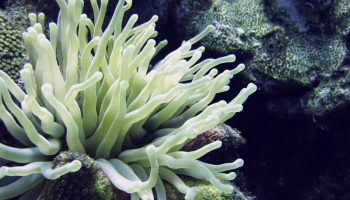
Come and discover the underwater fauna of Port-Cros and its specificities. You will come across these species if you take the trail, so come and find out!
THE FLORA OF THE TRAIL
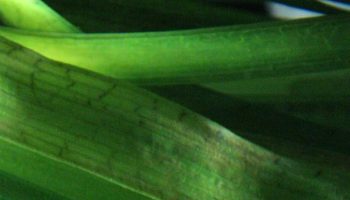
The flora of Port-Cros is rich and varied, so if you want to know and recognize species during your underwater hike, it’s here!
UNUSUAL FAUNA
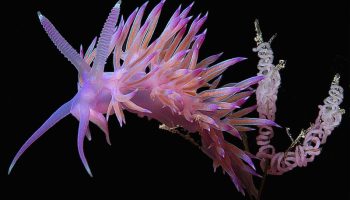
There are other species, not living in the cove of La Palud, which is strange to say the least. Come and discover these unusual species, and why not try to find them when you are on the island?
On the underwater trail you will meet people, so learn more about them!
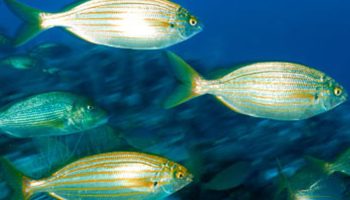
Saupe
The Saupe is a fish with a short head, a small mouth with thick lips, an oval and elongated body, a single dorsal fin and what makes it recognizable, the bright yellow around its eyes. The Saupe is grey or even greenish with golden stripes. They live during the day and move in schools over the Posidonia meadows. They feed mainly on algae.
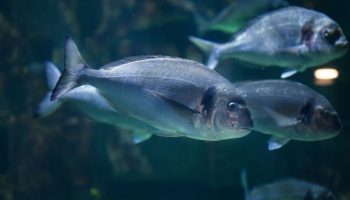
Sea bream
The yellow spot between the eyes is what gives the sea bream its nickname of ‘king’ and it looks like a golden crown. This beautiful silvery fish is solitary, and frequents sandy coastal areas near rocks. Giltheads feed on molluscs as well as crustaceans, small fish and sometimes algae. A gilthead sea bream measures between 20 and 50cm, so you can’t miss them!
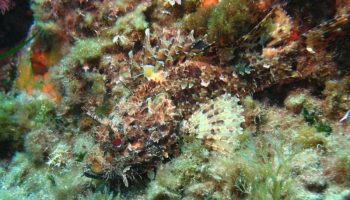
Brown scorpion fish
The scorpion fish has a particular colour, it is greyish and sometimes reddish. This colour allows it to lurk on the rocky bottom and to blend into the landscape. This makes the scorpion fish a formidable predator. Sometimes called “stonefish” because of their appearance, they have fins with venomous spiny rays. Scorpion fish are difficult to see, but if you see one, don’t get too close, if you touch it, it will release its venom and this can be very painful!
After meeting the fish on the trail, learn where they live and the role of this flora
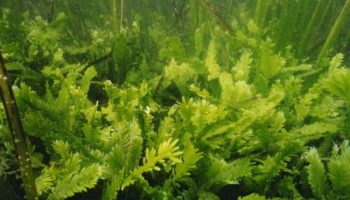
Caulerpa taxi-folia
It is a green alga of Australian origin introduced into the Mediterranean by accident by the Monaco aquarium in the 1980s. It is an algae that needs little light to develop, which allows it to grow even at a depth of 100m. It adapts easily to its environment, whether it be the amount of salt in the water or the nutrient-poor environment, which explains its resistance. However, it is toxic to grazing animals, such as sea urchins. As it is not eaten, it can proliferate without fear.
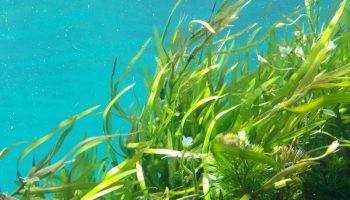
Posidonie
Posidonia meadows are widespread in the Mediterranean and are often compared to seagrass beds. Posidonia plays an essential role in the underwater ecosystem. It is the main producer of oxygen in the Mediterranean, in fact, for a 1.2m long seagrass bed, it can produce up to 14 litres of oxygen per day. In addition, it provides shelter and food for many species. In addition, when it is detached from the seagrass, the posidonia comes to rest and dry on the beach, which allows the sand to be maintained in the event of a storm during the winter season.
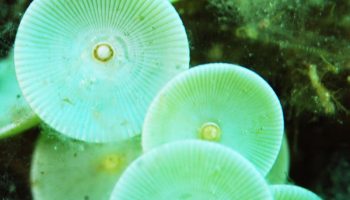
Acetabular
This green alga is special because it is a single-celled organism. It can be identified by the whitish disc at the top of the plant. However, as this disc only develops in summer, the rest of the year it is not recognisable. This disc is striated and measures 1cm in diameter. This alga grows on sunny rocks or on posidonia meadows in Mediterranean waters.
Many other animals inhabit the island of Port-Cros, and some can be very strange
Purple flabelline
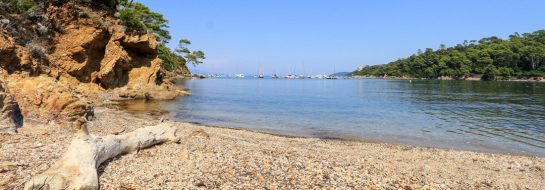
The Purple Flabelline is a slug, living under the sea and measuring maximum 4cm. This variety of Flabelline is the most conspicuous. This slug has branched outgrowths that move with the current. Its gills are located on its back. It feeds mainly on hydraires, which are similar to anemones. The amazing thing about the Flabelline is that it eats the stinging parts of the anemones, and uses them for its own defence. Clever, isn’t it?
Great slipper lobster
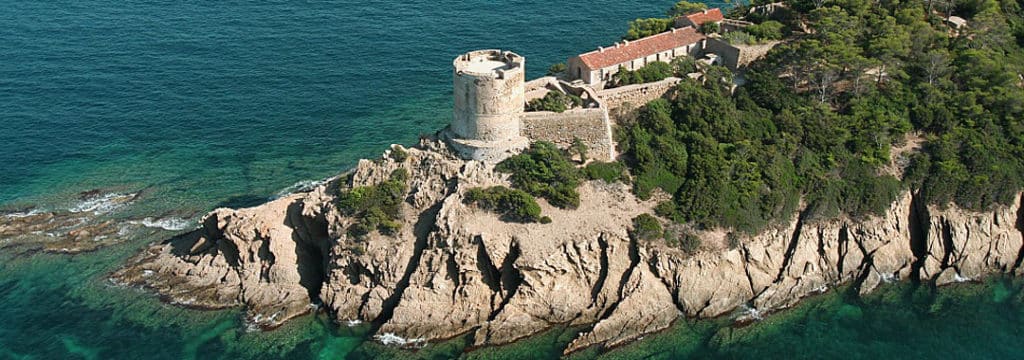
This crustacean is extremely large, reaching up to 45cm in length. Thanks to its brown colour with reddish highlights, it blends in perfectly with the sea bed. Its shell gives it a massive appearance, which goes well with its two pairs of antennae. The Great Cicada lives in rocky screes and caves, from the surface to 100m below the surface. You will rarely see it outside the national park, as it has been intensively hunted for its meat, which has greatly threatened the survival of the species.
Medusa « fried egg »

This strange jellyfish common in the Mediterranean is one of the least stinging jellyfish. Its umbrella is very colourful and strongly resembles a fried egg when viewed from above, which is why it is called a jellyfish. On the underside are brownish fringes that divide into numerous tentacles with purple tips. Some fish take refuge in them.
